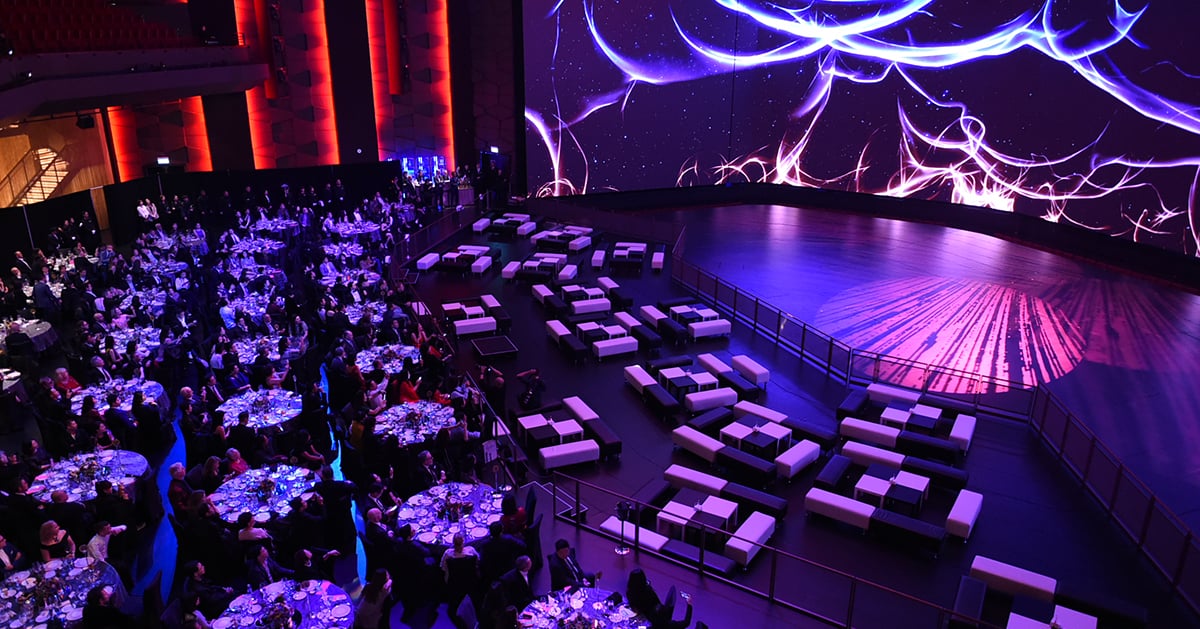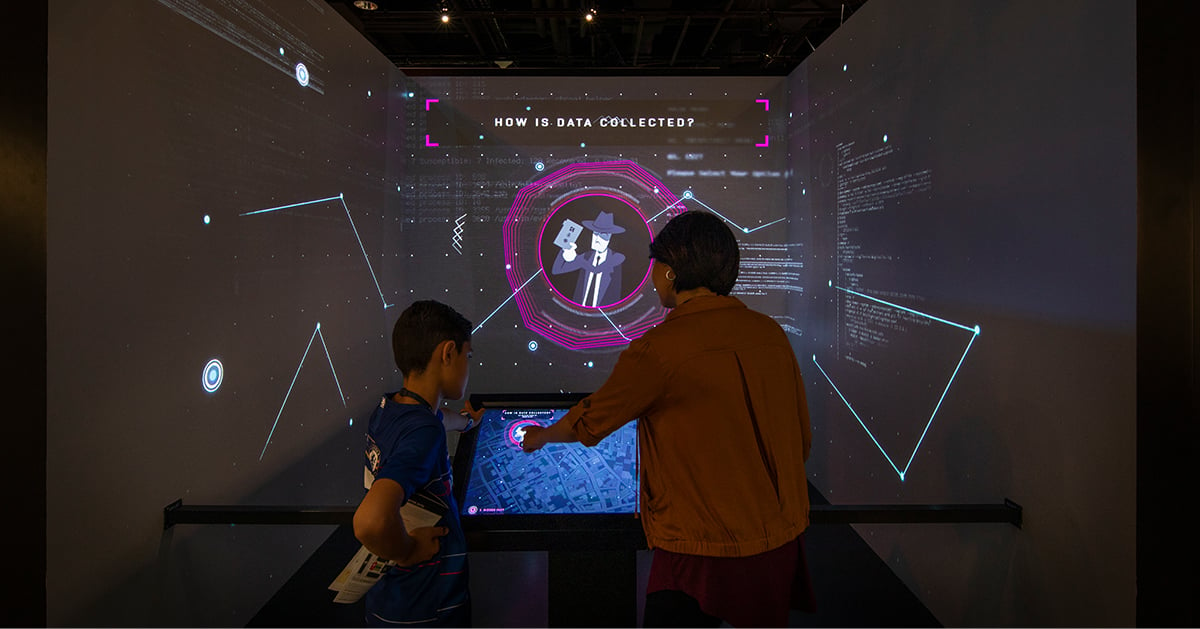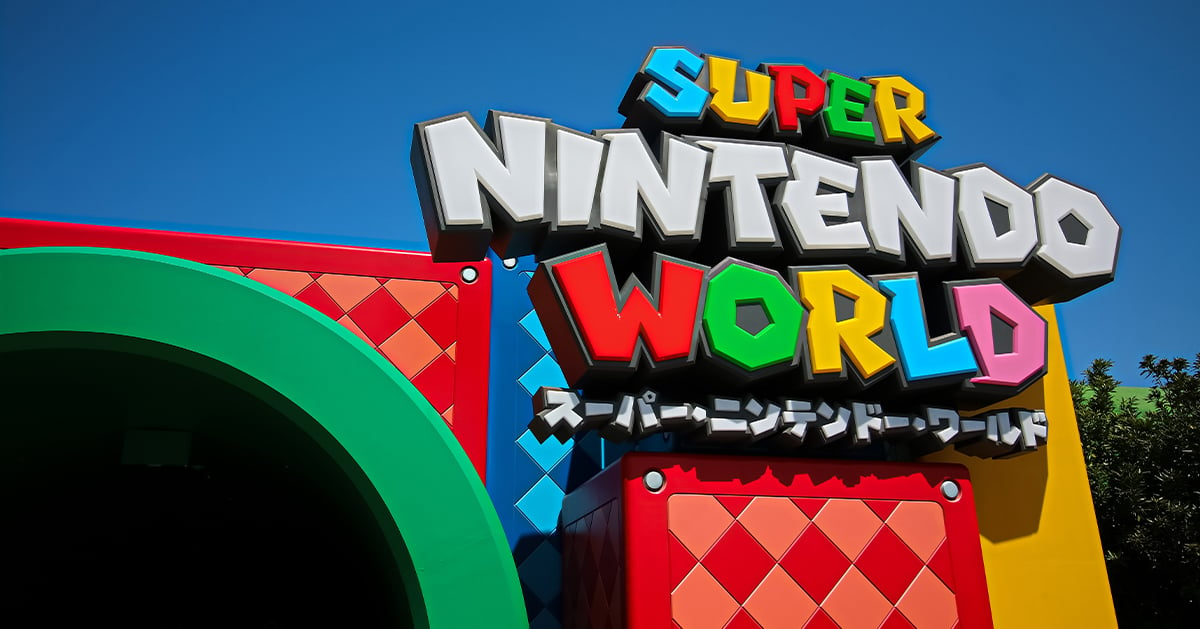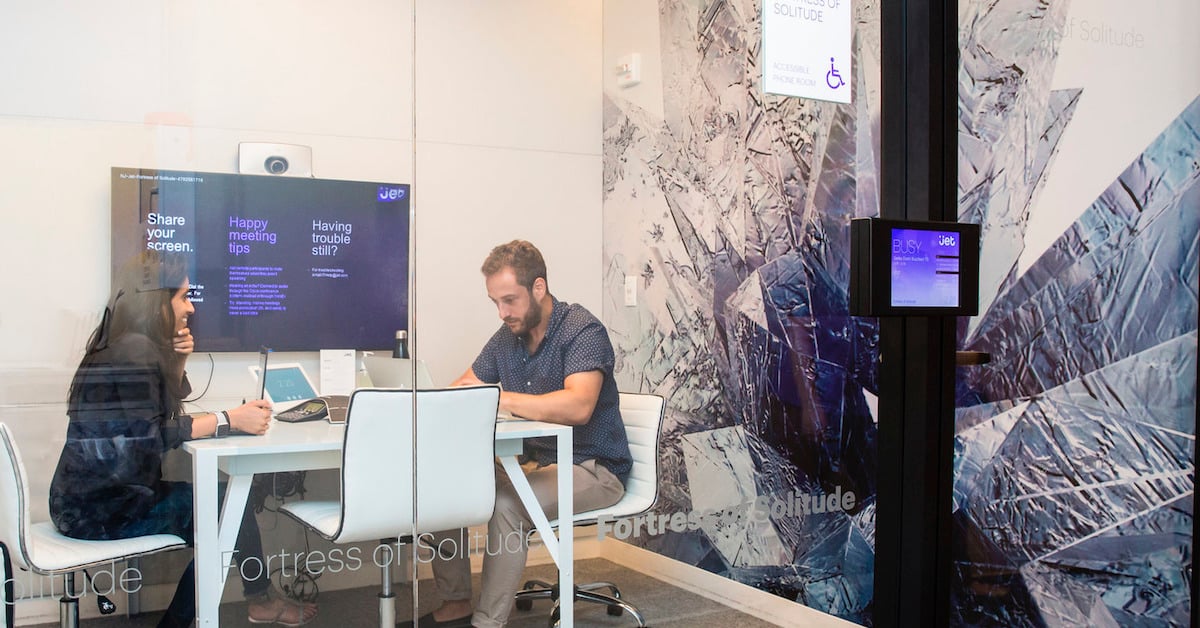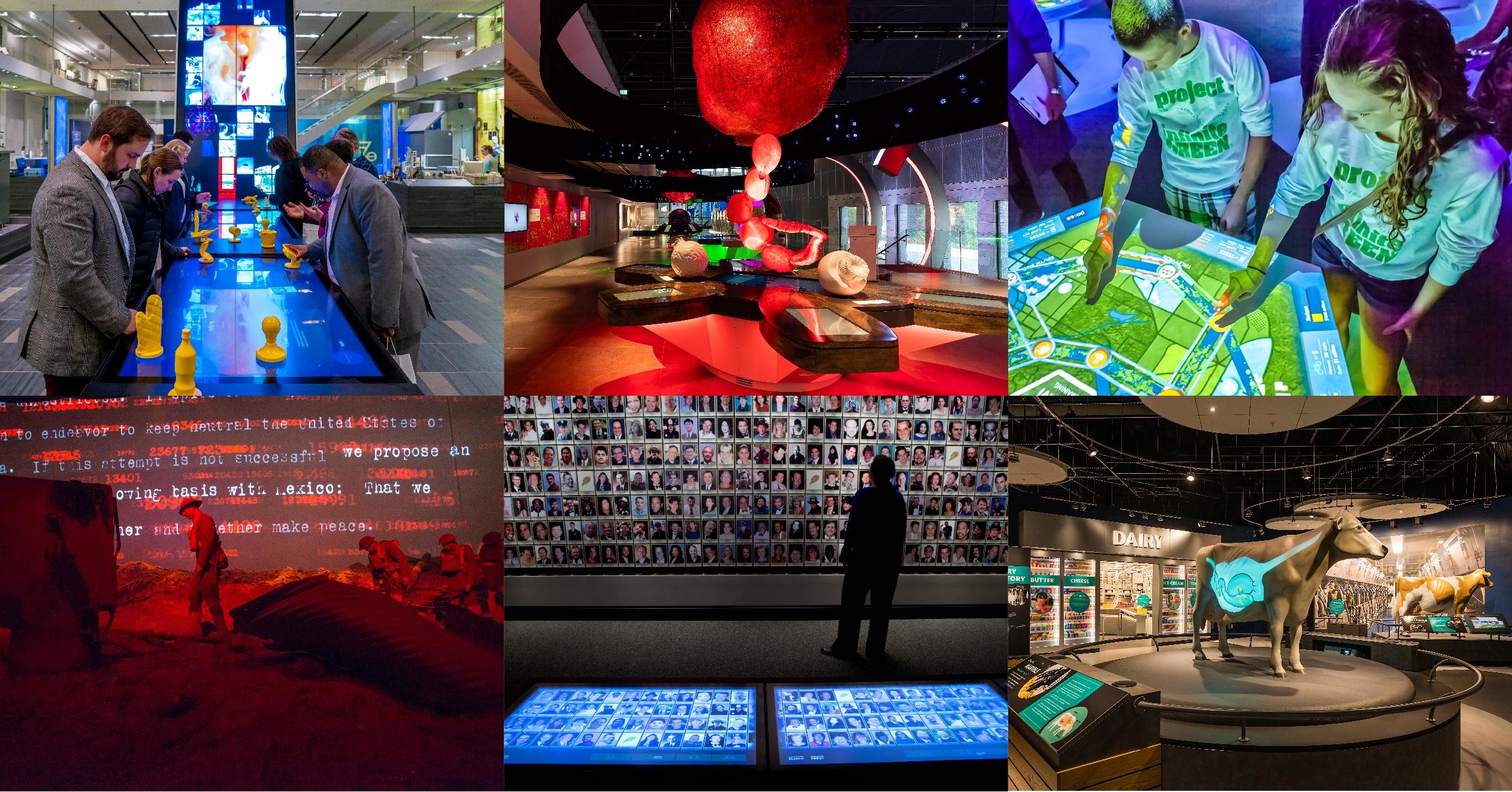
Fusing Technology With The Art of Storytelling
We talk a lot about the importance of delivering an immersive experience with every AV deployment. Whether we are working with an entertainment destination or a corporation, we are always looking for opportunities to deliver that rollercoaster wow that has the ability to differentiate an organization truly. Of course, it is challenging to deliver the desired experience without first having a solid story to tell. After all, storytelling serves as the foundation.
Let’s take a look at a few of the critical components when developing a meaningful organizational story.
Understanding enables engagement.
At every level, successful storytelling hinges on the ability to engage with the audience effectively. As such, the best stories are highly relatable and provide the audience with the type of information that peeks their interest. In the corporate world, this often means figuring out what aspects of the organization’s product or service are applicable to a target customer’s pain points. Success here requires not only understanding the offering, but also the customer.
When you understand the problems the customer is facing, the opportunity exists to craft your story in a manner that provokes emotion. As Margo do Cunha explains, it is only after you relate to your audience – often with an emotional connection – that information actual resonates. Start this process by “thinking about what emotion you want to communicate and then provide information to support the emotion.”
Storytelling terms help with focus.
While it is essential to have a purpose, engaging stories follow a pattern with recognizable components. This Business 2 Community article breaks this down into three primary components: character, motivation, and setting. When developing the character component author Tara Coomans suggests remembering that the “brand is as complex as a person so that you can enjoy the multiple aspects of your brand, but the important thing is to choose no more than 1-2 personality elements to focus on. Simplicity creates powerful brands, and multiple personalities muddle them.”
Likewise, it is the motivation that drives action. In some instances, it’s the solution to a customer pain point and excitement around a new innovation that serves as the motivation. The setting is equally important because it serves as the “ah-ha moment, which is made richer by what was happening to the character or in the world at that moment.”
Thinking in story terms and following a pattern helps with consistency. Although engagement keeps the listener tuned in, a disorganized story will quickly lose them.
Overselling alienates an audience.
While your overarching goal in developing a story may be selling your organization’s products and services, overselling or bragging about accomplishments is rarely enduring to the prospective customer. Instead, it often sends them looking for alternatives. In fact, a key component to building a solid starts rests with authenticity. As Mike Kappel writes in this Forbes article, “Authentic storytelling is key to gaining consumer trust, it is important not to fool your audience with an over-the-top tale. Customers know when you try to pull a fast one on them, and they don’t appreciate it.”
According to Kappel, the outcome should spark confidence in the organization’s offerings and values, and we know that accomplishing it in hard sell environments is difficult. It’s equally important to remember that brand stories are more of a journey than a destination. As the business evolves, it is important to keep adding relevant tidbits to the story.
Maurizio Capuzzo
Maurizio Capuzzo, Electrosonic’s Chief Marketing Officer, fuses the science of data with the art of visual and verbal communication to explain how technology adds value and helps foster innovation. Maurizio writes from a wealth of experience, holding leadership roles in global technology companies as well as possessing a deep understanding of how technology contributes to business growth.










.jpg?width=1500&height=995&name=ELC501_N17_medium%20(1).jpg)

























